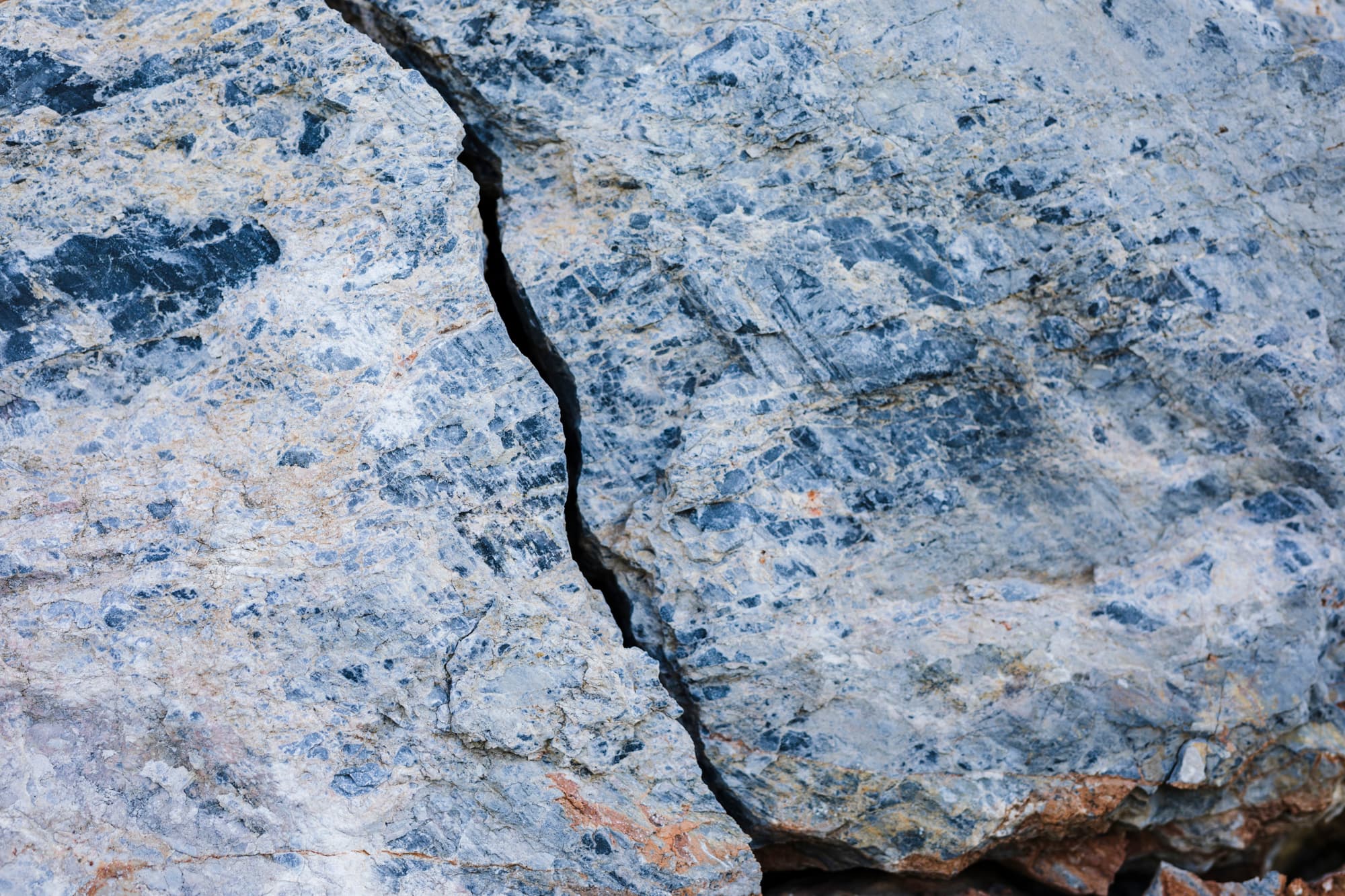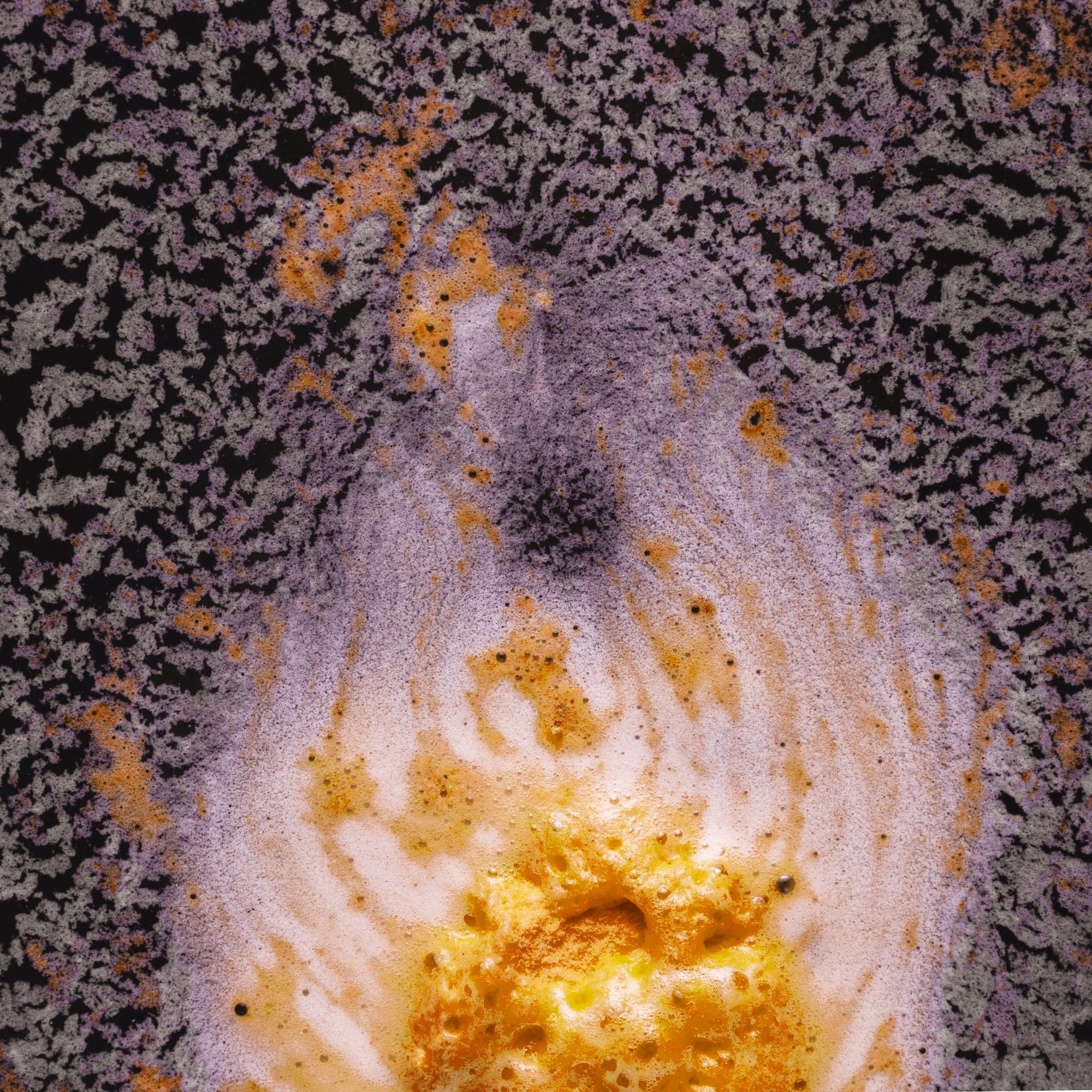Concerns about the potential radioactivity of Marble have raised questions about its safety and usage. However, Marble is a beloved natural stone known for its beauty and wide use in art, architecture, and design. This article aims to explore these concerns, offering an in-depth analysis of the radioactivity in Marble, its health implications, and its impact on the market.
Radioactivity in Building Materials
Natural radioactivity is an inherent characteristic of many building materials, stemming from radioactive elements like uranium, thorium, and potassium-40. These elements are part of the Earth’s crust; thus, materials derived from it, such as Marble, granite, limestone, and concrete, contain varying levels of natural radioactivity. Granite typically exhibits higher levels due to its higher concentrations of radioactive minerals. In contrast, Marble usually contains lower levels of radioactivity, making it a safer choice for indoor environments. Limestone and concrete show moderate radioactivity levels, depending on the specific source and composition of the limestone used in their production. Understanding these variations is crucial for assessing the potential health risks associated with building materials and making informed choices in construction and interior design.

Radioactive Elements in Marble
Like many natural stones, Marble contains trace amounts of radioactive isotopes, primarily uranium, thorium, and potassium-40. These elements are embedded in the Earth’s crust and become part of the Marble during its formation. The concentration of these isotopes in Marble can vary significantly depending on its geographic origin. For instance, Marble sourced from regions with higher natural background radiation levels, such as parts of India and some areas in the Mediterranean, might exhibit higher radioactivity levels than Marble from regions with lower natural radiation. This variability underscores the importance of testing Marble for radioactivity, mainly if it is intended for use in environments where people spend considerable time, such as homes or offices.
Regional Variations in Marble Radioactivity
An in-depth analysis of regional differences in the radioactivity levels of Marble reveals significant variability, which is critical for ensuring safe use in construction and design. Notably, regions like Rajasthan in India and specific areas in Italy are known for their distinct marble deposits. These regions have been observed to have varying levels of natural radioactivity in their Marble, primarily due to the geological composition and the presence of natural radioactive elements such as uranium and thorium in the soil and rock formations. Such variations necessitate rigorous testing and monitoring of Marble sourced from these areas to guarantee it meets safety standards for radiation levels before being used in residential or commercial projects. Understanding these regional differences is essential for architects, builders, and consumers who prioritize safety while appreciating Marble’s aesthetic and functional qualities.
Measuring Radioactivity in Marble
A comprehensive understanding of the methods used to measure radioactivity in Marble and other building materials is vital for maintaining safety and ensuring compliance with regulatory standards. Radioactivity measurement involves specific techniques that can accurately detect and quantify the presence of radioactive elements such as uranium, thorium, and potassium-40, which naturally occur in varying amounts in these materials. Tools such as Geiger counters, scintillation detectors, and gamma spectrometry are commonly employed to assess the levels of radioactivity. These instruments help provide detailed readings indicating whether the material meets the safety thresholds set by health and environmental agencies. They ensure that these measurements are correctly conducted regularly, crucial in preventing potential health risks associated with prolonged exposure to radioactive materials in living or working environments.

Factors Affecting Radioactivity in Marble
Several factors can influence the levels of radioactivity found in Marble, making its assessment complex and multifaceted:
The geographic origin plays a crucial role as the mineral composition and the radioactive elements in the Earth’s crust vary from region to region. For instance, Marble from areas with a high uranium concentration and thorium will inherently exhibit higher radioactivity.
The age of the Marble can affect its radioactivity, as older stones may have undergone more extensive natural decay of radioactive elements, potentially leading to lower residual radioactivity.
The extraction and processing methods used can also impact the radioactive levels.
Techniques that involve intense crushing or heating might redistribute or concentrate radioactive minerals differently than less invasive methods. Understanding these factors is essential for evaluating the safety and suitability of Marble for use in construction and interior design.
Consumer Perceptions and the Marble Market
Consumer awareness and perception of radioactive materials in building products, such as Marble, significantly influence purchasing decisions and the overall market dynamics for these materials. As information becomes more accessible and consumers become more health-conscious, the concern over potential health risks associated with radioactivity levels in home construction materials has risen. This heightened awareness has led some consumers to opt for alternatives perceived as safer, such as engineered stone or non-radioactive natural stones, impacting the demand for Marble. Additionally, real estate developers and homebuilders are increasingly transparent about their materials, providing certifications and test results to reassure buyers. As a result, the marble industry must navigate these consumer perceptions by enhancing safety measures, conducting thorough testing, and engaging in more transparent communication to maintain market stability and trust in their products.

I suggest you also read the following article: What is marble stone cookware?
Technological Innovations to Reduce Radioactivity in Marble
Recent technological innovations focus on reducing the natural radioactivity in Marble and other building materials to make them safer for widespread use. Researchers and engineers are exploring various methods, including chemical treatments that can bind or neutralize radioactive elements and material engineering techniques designed to alter the mineral composition of the stone. For example, certain sealants and finishing products are being developed to create a barrier that prevents radon gas from escaping into indoor environments. Additionally, material processing advancements aim to selectively remove high-radioactivity minerals during the initial cutting and polishing stages. These innovations enhance the safety of using Marble in construction and design and help maintain its market appeal by aligning with growing consumer health consciousness.
Conclusion
In conclusion, while marble contains trace amounts of radioactive elements, it remains a safe and beautiful material for home and architectural use when responsibly tested. Understanding the properties and potential risks associated with radioactive materials in Marble can help ensure that it continues to be used safely and sustainably.

 Marble
Marble